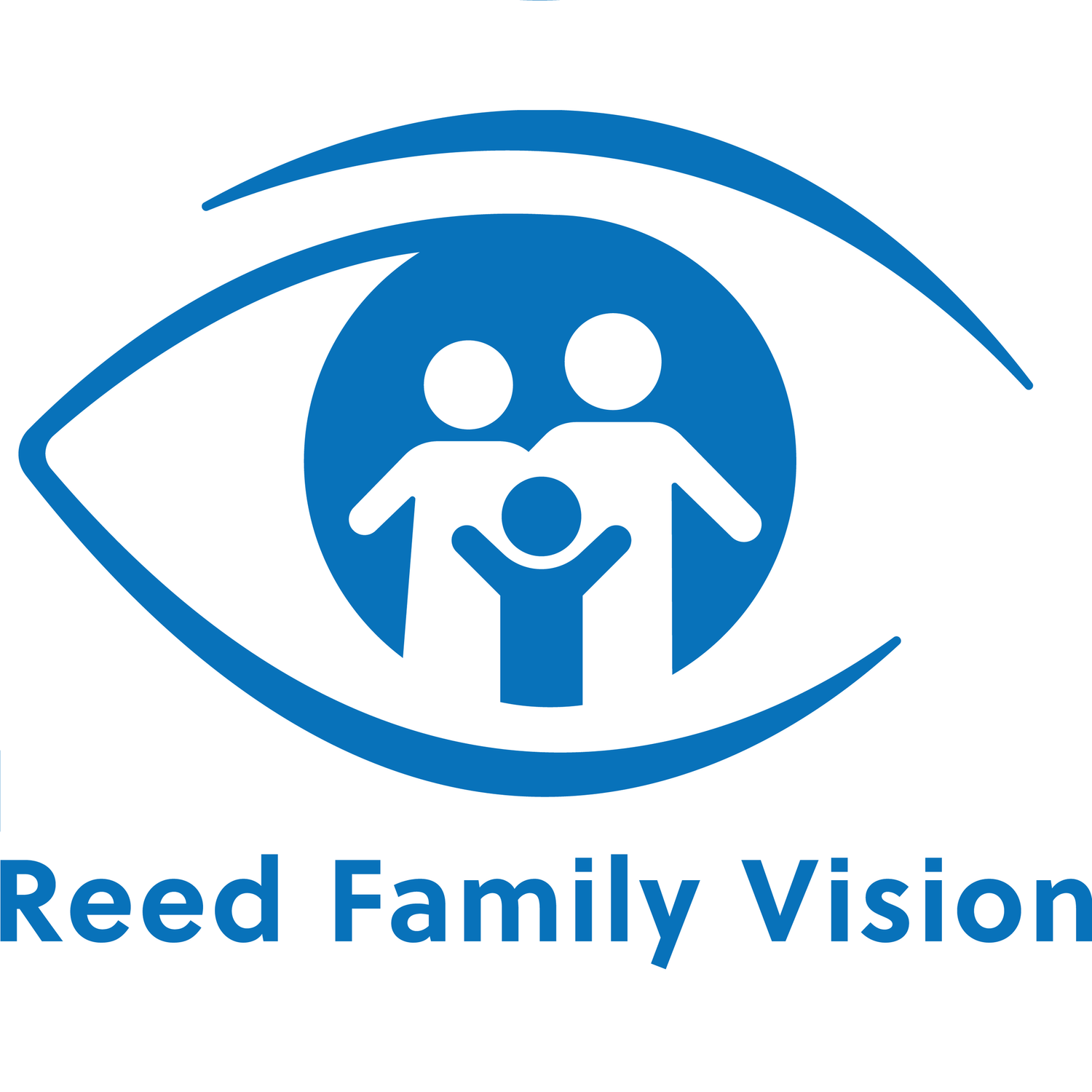How do you know if your child or students can see the whiteboard during class?
Poor vision can directly impact a child’s ability to learn as 80% of learning is visual and happens through the eyes.1 Since a child’s eyesight is essential to their learning, and good ocular health should be prioritized. Myopia, or nearsightedness, is increasing in the U.S., especially among school-aged children In the U.S., 40 percent of kids have myopia, compared to just 20 percent three decades ago, according to the American Academy of Ophthalmology.
Here are things to look for to see if a child has an undetected vision problem that can impact their ability to learn:
Chronic inattention
Increased fidgeting
Problems with organization
Reading difficulties, including comprehension
Disinterest in school and activities previously enjoyed
Poor spelling
Frequently squinting or rubbing the eyes
Moving closer to the blackboard
There are indicators that both parents and teachers can look for as signals that a child is experiencing vision problems. Educators and families can work together to ensure students see and learn as seamlessly as possible.
So, how do you address your child or students’ ocular health?
Know the signs
It’s important to remember that a child may not tell you that he or she has a vision problem because they may think the way they see is the way everyone sees.4
Some signs that may indicate a child has a vision problem include:
Complaints of discomfort and fatigue
Frequent eye rubbing
Frequent blinking
Short attention span
Constant squinting or grimacing when reading or focusing
Avoiding reading and other close activities
Frequent headaches
Covering one eye
Tilting head forward or backward when looking at distant objects
Sitting close to the blackboard
Holding books closer when reading
Excessive clumsiness, diminished coordination
Poor penmanship
Difficulty remembering what he or she read
Children may say things like6:
“The whiteboard is blurry I can’t see it” or “Can I move closer to the front of the class”
“My eyes are itchy,” “my eyes are burning” or “my eyes feel scratchy.”
After doing close-up work: “I feel dizzy,” “I have a headache” or “I feel sick.” “Everything looks blurry,” or “I see double.”
If your child is not focusing well and they are easily distracted, perhaps your child’s poor attention span may be due to a vision problem. Myopia and other vision problems cause some of the same signs attributed to Attention Deficit Hyperactivity Disorder (ADHD).7 A study by the Centers for Disease Control and Prevention (CDC) found that children with vision problems are twice as likely to be diagnosed with ADHD.8
What you can do
Listen to your child.
The first and easiest step you can take is to listen to your kids. Kids aren’t always organized, and those with heightened emotions are even less so. It’s hard for a child to wait until an opportune time to raise an important issue or disclose vital information about what is troubling them—they may let important information slip out at the moment you expect it least.
Make time for eye exams—not only vision screenings.
Children should have their eyes examined by an eye care professional—an optometrist or ophthalmologist—at 6 months of age, at three years old, and before school starts.9 [Read more: When should my child get their first eye exam?] It’s important to note that a vision screening, sometimes administered at school, is not the same as a comprehensive exam. Even if a child passes a vision screening, they should receive a comprehensive optometric examination.10 If your child is diagnosed with myopia, conventional glasses, and contact lenses can help them see more clearly, but they do not slow the progression of myopia. You may want to discuss strategies to slow progression with your eye care professional. [Read more: Myopia myths vs. facts – what you need to know about your child’s nearsightedness]
Encourage time outdoors
Some studies have shown that the increase in time spent on digital devices can negatively impact ocular health11, whereas exposure to natural sunlight and spending time outdoors—especially in early childhood—can decrease the risk of new myopia and slow the progression of myopia.12, 13 [Read more: Can too much screen time hurt my child’s vision?] You can print this checklist of fun activities to encourage outdoor time for your own home or hand it out to parents.
Offer work or study breaks
Sustained work that requires a student to keep both eyes focused in the same direction, or follow along with text or numbers, is challenging for children with vision problems. It’s beneficial to provide regular breaks to give their eyes time to rest.14 A simple but impactful strategy to prevent eye strain is the 20-20-20 rule. Encourage a 20-second break every 20 minutes and look at something 20 feet away.15
As parents and educators, we must communicate with one another when we see signs of vision problems. We have an opportunity to share knowledge and resources, like MyMyopia.com, to help our kids.





